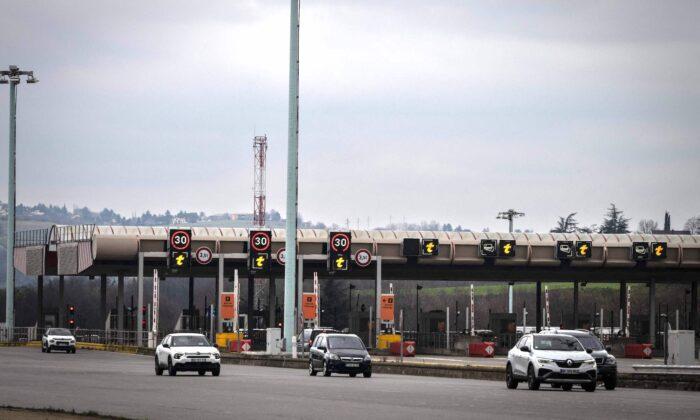The new legislation is part of the E.U.’s broader climate ambitions, with the aim of achieving a 100 percent reduction in emissions for new passenger cars and vans by 2035 within the E.U.’s 27-country bloc.
The law also includes targets for reducing emissions by 55 percent for cars and 50 percent for vans by 2030.
Following a vote in the European Parliament, the revised CO2 emission performance standards for new cars and vans, which had been agreed upon with the European Council, were approved with 340 votes in favor, 279 against, and 21 abstentions.
“These targets create clarity for the car industry and stimulate innovation and investments for car manufacturers,” he continued. “Purchasing and driving zero-emission cars will become cheaper for consumers and a second-hand market will emerge more quickly. It makes sustainable driving accessible to everyone.”

Measures
The E.U. has outlined several key measures that will be introduced as part of the new regulations to reduce carbon dioxide emissions from cars and vans.The additional measures include a European Commission methodology, to be presented by 2025, to assess and report CO2 emissions data for the entire life-cycle of cars and vans sold in the E.U. market, including relevant legislative proposals.
By December 2026, the Commission will monitor the gap between emission limit values and the real-world fuel and energy consumption data, report on a methodology for adjusting manufacturers’ specific CO2 emissions, and propose follow-up measures as necessary.
Manufacturers with small production volumes of 1,000 to 10,000 new cars or 1,000 to 22,000 new vans per year may be granted an exemption until the end of 2035, while those producing fewer than 1,000 new vehicles per year will remain exempt.
The existing zero- and low-emission vehicles (ZLEV) incentive mechanism that provides lower CO2 emission reduction targets for manufacturers that sell more of such vehicles will be adjusted to align with expected sales trends.
From 2025 to 2029, the ZLEV benchmark is set at 25 percent for new car sales and 17 percent for new van sales, with the incentive being removed as of 2030.
Lastly, every two years starting at the end of 2025, the Commission will publish a report on the progress made towards zero-emission road mobility.

Deal
In July 2021, the European Commission proposed a revision of CO2 emission performance standards for new passenger cars and light commercial vehicles as part of its “Fit for 55” package, a set of proposals aimed at enabling the E.U. to achieve a 55 percent reduction in net greenhouse gas emissions by 2030.The proposal aimed to help achieve the EU’s climate objectives for 2030 and 2050, provide benefits to citizens, and drive innovation in zero-emission technologies.
In October 2022, the European Parliament and European Council reached a provisional agreement about the zero-emissions targets for new vans and cars.
Before the deal was confirmed on Oct. 27, 2022, Huitema addressed questions about the legislation and whether conventionally-powered cars would be banned, in a video published on the European Parliament’s website on Oct. 19, 2022.
“We are not saying, ‘okay, you have to sell your car and buy a new car. We are only saying that in 2050, we would like to see the transport sector is carbon neutral,” Huitema said.
He clarified that classic cars and race cars can be driven until the ends of their lifetimes.
“The most important part for me was that car driving will be still affordable and climate-friendly,” he added. “And this is what we want to achieve with this legislation, that electric driving, for example, is not only for rich people.”





